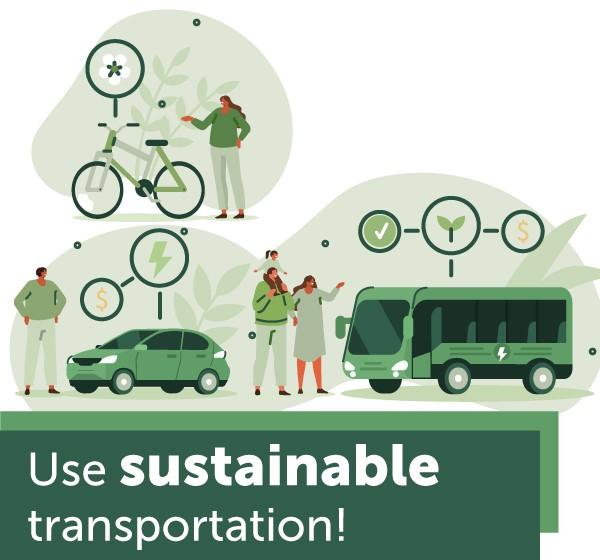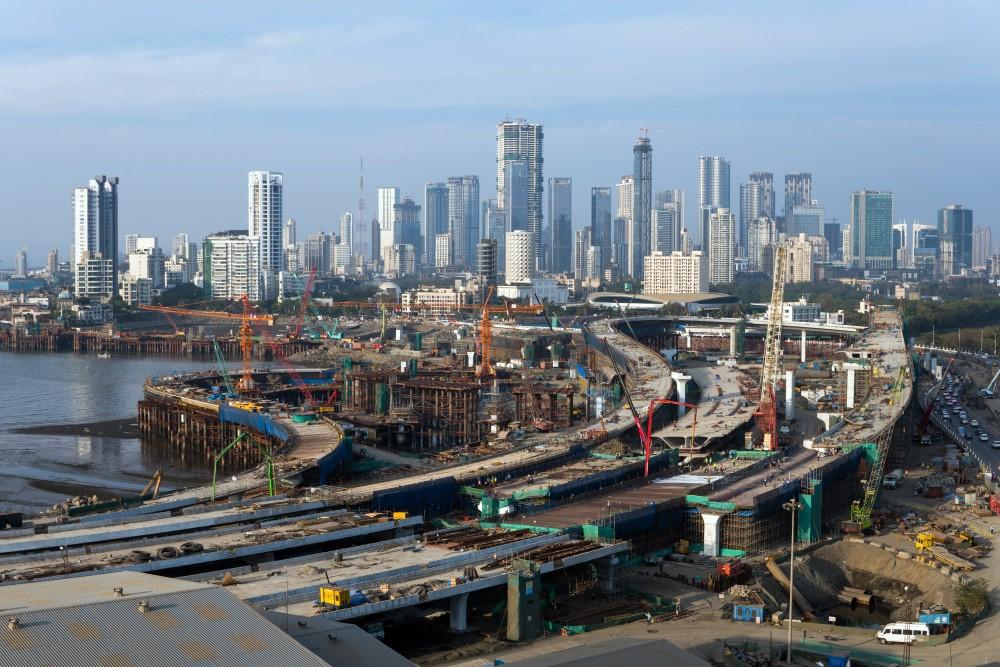As the worldwide push against sustainable power speeds up,the transition to electrical cars (EVs) has emerged as a key focal point in lots of areas. Although, in East Africa—particularly Uganda, Kenya, and Tanzania—the adventure against electrifying the car sector gifts distinctive demanding situations that would lengthen fashionable adoption. Whilst international locations are more and more turning to renewable power assets, the infrastructure, financial issues, and cultural components surrounding non-public transportation on this area might lead to vehicles being some of the final modes of delivery to completely electrify.On this article, we discover the complicated interaction of coverage, marketplace dynamics, and societal attitudes that form the electrical car panorama in East africa, with insights from the China-International South Venture, which observes how Chinese language investments affect regional transportation tendencies. As we navigate this unfolding narrative, it turns into obtrusive that the trail to electrical mobility in Uganda, Kenya, and Tanzania is as a lot about native contexts as it’s certainly about world developments in era.
Demanding situations Going through Electrical Car Adoption in East Africa
The transition to electrical cars (EVs) in East Africa is impeded through a myriad of demanding situations that mirror the area’s unique socio-economic landscape. Inadequate charging infrastructure stays a vital barrier, as electrical vehicles require a powerful community of charging stations, which can be lately sparse in international locations like Uganda, Kenya, and Tanzania. Moreover, monetary constraints obstruct each customers and companies from making the soar to electrification. The excessive preliminary prices of EVs, coupled with restricted get right of entry to to financing choices, imply that many doable consumers to find those cars economically unfeasible. Moreover, executive insurance policies and incentives for EV adoption are incessantly inconsistent or absent, making a insecurity out there.
Any other important factor is the public belief of electrical cars,which can be incessantly related to luxurious somewhat than practicality. Many patrons hesitate to spend money on EVs because of uncertainties surrounding their efficiency within the area’s difficult terrains and climates. The supply of inexpensive selection fuels, comparable to biofuels, complicates the transition additional, as those choices might seem extra viable to low-income families. Loss of public consciousness campaigns and academic tasks additionally stifles the adoption of EV era. To summarize the demanding situations confronted on this rising marketplace, imagine the desk underneath:
| Problem | Description |
|---|---|
| Charging Infrastructure | Restricted availability of charging stations throughout city and rural spaces. |
| Monetary Constraints | Top prematurely prices of EVs and restricted financing choices for customers. |
| executive Coverage | Loss of supportive insurance policies and incentives to inspire EV adoption. |
| Public Belief | Shopper skepticism in regards to the practicality and reliability of EVs. |
| Consciousness & Schooling | Inadequate campaigns to tell the general public about EV advantages and applied sciences. |

Govt Insurance policies and Incentives for Sustainable Transportation
Within the face of fast urbanization and local weather trade,governments in Uganda,Kenya,and Tanzania acknowledge the pressing wish to transition to sustainable transportation.By way of imposing insurance policies geared toward lowering carbon emissions and selling cleaner possible choices, those countries are striving to reshape their transportation panorama. Key tasks come with providing tax breaks and incentives for electrical car (EV) purchases, along investments within the essential infrastructure comparable to charging stations and renewable power assets. Moreover, they’re integrating public transportation programs that prioritize electrical and hybrid cars, which will considerably cut back city congestion and air pollution ranges.
to inspire fashionable adoption of sustainable transportation, governments also are taking part with inner most sectors to expand pilot initiatives and public-private partnerships. Those tasks purpose to discover leading edge fashions for financing EV infrastructure and to redesign present transit programs. The important thing parts of those insurance policies contain:
- Sponsored charging infrastructure: Supporting the rollout of fashionable charging stations to relieve vary anxiousness.
- Regulatory frameworks: Setting up transparent rules incentivizing blank car era and phasing out older,high-emission cars.
- Consciousness campaigns: Instructing the general public on the advantages of sustainable transportation choices.
| Nation | Coverage/Program | Have an effect on |
|---|---|---|
| Uganda | Electrical Car Incentive Scheme | Greater EV adoption and diminished emissions |
| Kenya | Public Delivery Electrification Venture | Enhanced public transit potency and diminished city air air pollution |
| Tanzania | Entire Charging Community Building | Facilitated out there charging and boosted regional EV use |

The Position of Infrastructure Building in Electrifying the Car Sector
The transition against electrical cars (EVs) in Uganda, Kenya, and Tanzania is intertwined with powerful infrastructure construction, very important for facilitating this shift. As those countries grapple with the present car panorama, the desire for ok charging stations, highway networks, and repairs amenities turns into more and more obtrusive. A significant factor of this transition is the established order of dependable energy provide programs, which will deal with the calls for of EV charging with out compromising the stableness of the grid. To succeed in this, governments and personal traders are referred to as upon to collaborate in growing an interconnected infrastructure framework that may successfully make stronger a rising fleet of electrical cars.
Moreover, funding in infrastructure no longer best boosts the viability of electrical vehicles but in addition contributes to the wider financial panorama. By way of growing jobs in development, engineering, and era, those tasks can stimulate native economies whilst paving the best way for sustainable transportation.Signs of growth in infrastructure will also be measured thru the next classes:
| Infrastructure Class | Present Standing | Long run Imaginative and prescient |
|---|---|---|
| Charging stations | Restricted protection in city spaces | national community out there inside of 20 km |
| Highway High quality | Deficient in rural areas | Upgraded roads selling accessibility |
| Grid Balance | Strained right through top hours | Resilient device with renewable integrations |

Methods for Taking part with International companions in Electrification
Within the all of a sudden evolving panorama of electrification, collaboration with world companions is an important for fostering sustainable construction, particularly in areas like uganda, Kenya, and Tanzania. To successfully leverage those partnerships, stakeholders must focal point on construction shared targets and setting up an open interplay framework. This may include engaging local communities and companies within the making plans phases, making sure that electrification tasks aren’t best aligned with world sustainability goals but in addition adapted to native wishes. Common workshops and stakeholder conferences can additional improve this collaboration, growing an inclusive environment that invitations leading edge concepts and answers.
Additionally, leveraging era and wisdom switch can considerably empower native industries concerned within the electrification procedure. Development partnerships with organizations focusing on renewable power applied sciences can facilitate get right of entry to to experience and assets. Imagine the next methods when taking part:
- Forming public-private partnerships to proportion monetary dangers and assets.
- Imposing pilot initiatives that display a success electrification fashions.
- Using information analytics to evaluate power wishes and optimize provide chain processes.
By way of that specialize in those strategic avenues,world companions can navigate the complexities of electrification in those rising markets whilst promoting sustainable economic growth.
To Conclude
whilst the electrification of public delivery and commercial sectors in Uganda, Kenya, and Tanzania is progressing continuously, the transition to electrical cars within the inner most automobile marketplace seems to be lagging in the back of. Elements comparable to excessive prematurely prices,restricted charging infrastructure,and socio-economic constraints proceed to problem fashionable adoption of electrical vehicles in those international locations. As the worldwide push for sustainable power features momentum, it will be important for policymakers in East Africa to harness alternatives that make stronger native innovation and funding in greener applied sciences. Collaborative efforts involving executive, inner most sector stakeholders, and global companions may just pave the best way for a extra sustainable car long term within the area. Simplest time will inform if those countries can shift gears against a cleaner transportation paradigm, however the highway forward would require strategic making plans, dedication, and a willing working out of native dynamics.
Source link : https://afric.news/2025/04/01/cars-may-be-last-to-electrify-in-uganda-kenya-and-tanzania-the-china-global-south-project/
Creator : Sophia Davis
Put up date : 2025-04-01 12:05:00
Copyright for syndicated content material belongs to the related Source.



